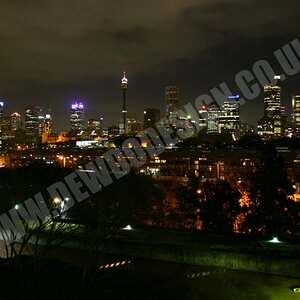Balwazer
TPF Noob!
- Joined
- Nov 15, 2010
- Messages
- 31
- Reaction score
- 0
- Location
- Bahrain
- Website
- www.baderalwazeer.com
- Can others edit my Photos
- Photos NOT OK to edit
Hi all,
When I do photo-shoot with strobes I use the in camera flash white balance.
I get fairly good results then I edit one photo in lightroom and apply the setting to the others.
I know it is not very smart to do this.
So what is your best way in setting up the white balance?
and what is the different between the grey card and the white card?
I tried the custom white balance in my canon camera and I took an Image of a white board under the same light condition for the original photo but it always fails.. it gives me strange colors.
Thank you,
When I do photo-shoot with strobes I use the in camera flash white balance.
I get fairly good results then I edit one photo in lightroom and apply the setting to the others.
I know it is not very smart to do this.
So what is your best way in setting up the white balance?
and what is the different between the grey card and the white card?
I tried the custom white balance in my canon camera and I took an Image of a white board under the same light condition for the original photo but it always fails.. it gives me strange colors.
Thank you,


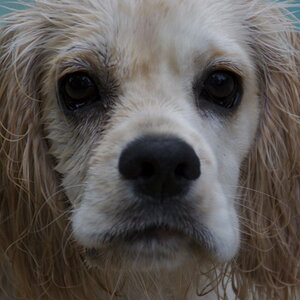
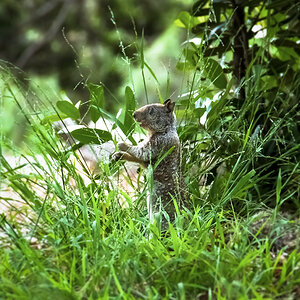
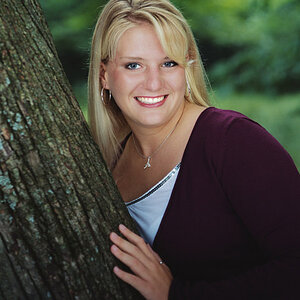
![[No title]](/data/xfmg/thumbnail/33/33421-38d09827e584b8381c5e3a468cdf0159.jpg?1619735961)
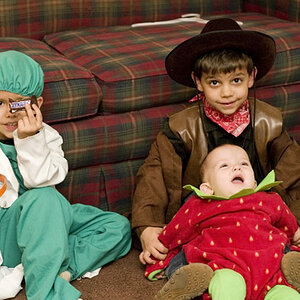
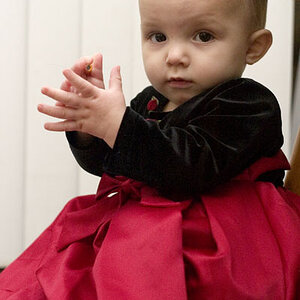

![[No title]](/data/xfmg/thumbnail/41/41758-1a91d93383c843959cb160b7ac7e762e.jpg?1619739883)
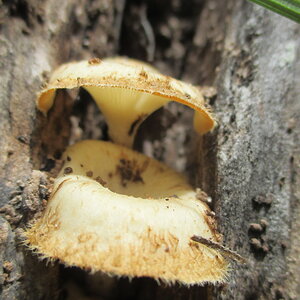
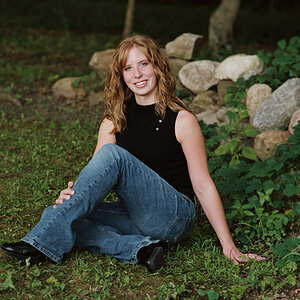
![[No title]](/data/xfmg/thumbnail/32/32154-8c44f76cb4a7777142bd645c3624daac.jpg?1619735234)
